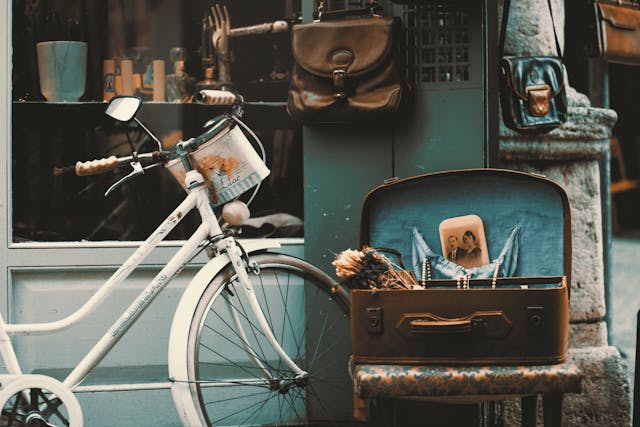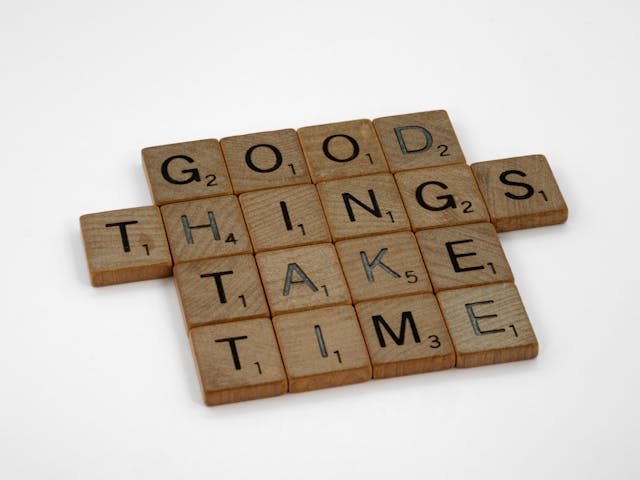Nostalgia isn’t just a personal emotion—it’s a cultural phenomenon that keeps evolving with every generation. Whether it’s rewatching an episode of Friends, wearing a scrunchie, or hearing that old Green Day song on the radio, the past constantly finds its way back into the present.
For millennials and pop culture fans alike, nostalgia wraps us in a warm, familiar blanket. But why are “things we never got over” such a powerful influence on our lives? And how does this obsession with the past shape our culture? Let’s unpack the lasting grip of nostalgia on pop culture and see how it continues to thrive.
Table of Contents
Nostalgia in Pop Culture: Why Do We Look Back?

Nostalgia holds a special place in today’s cultural landscape. By definition, it’s a sentimental longing or affection for the past—but in the realm of pop culture, it’s much more powerful. It’s the magic that makes us hit play on a movie from our childhood or proudly display retro-themed merchandise. Nostalgia brings comfort, transports us to happier times, and helps us connect to our roots.
Also Read: How to Start Your Own Beach Art Today
This isn’t a new phenomenon, but it’s exploding more than ever. Take the success of revivals like Stranger Things—a love letter to the 80s—or the Friends reunion special, which made millions of fans from every corner of the world tune in. These projects run on nostalgia fuel, proving that we never really get over the things that once made us happy.
Successful Nostalgia-Driven Revivals
- Stranger Things (2016 – Present): Drawing from Steven Spielberg’s classics and 80s sci-fi, this Netflix hit has captivated new and old audiences alike.
- Disney Live-Action Remakes: Whether it’s The Lion King or Aladdin, these remakes bank on an existing emotional connection.
- Reboots of TV favorites: Fuller House (a spin on Full House) and Gossip Girl have successfully reignited fanbases.
These examples prove that nostalgia sells—and sells big.
Things We Never Got Over from the 80s, 90s, and Early 2000s
Every decade brings something iconic—and certain things have never faded away, especially for millennials. Here’s a breakdown of cultural staples across three memorable decades.
The 80s
- Music: Synth-heavy tunes from legends like Madonna, Michael Jackson, and Prince still dominate playlists.
- Fashion: Leg warmers, neon spandex, and shoulder pads always pop back into trends.
- Movies: Cult classics like The Breakfast Club and Back to the Future defined the era.
- TV shows: The Golden Girls set a precedent for ensemble sitcoms.
The 90s
- Music: Grunge revolutionized rock with Nirvana, while pop bands (*NSYNC, Spice Girls) reigned supreme.
- Fashion: Bucket hats, denim overalls, and chokers have all made fierce comebacks.
- Movies: Iconic rom-coms like Clueless and Titanic cemented their place in history.
- TV shows: From Friends and Fresh Prince of Bel-Air to Saturday morning cartoons, this decade gave us TV gold.
Early 2000s
- Music: Remember how Britney Spears and Eminem ruled the charts? And don’t forget the rise of early hip-hop superstars.
- Fashion: Low-rise jeans and Juicy Couture tracksuits were polarizing but unforgettable.
- Movies: Franchises like Harry Potter and Lord of the Rings changed cinema forever.
- Technology: Flip phones and MP3 players still evoke fond memories of simpler times.
These “things we never got over” weren’t just trends; they shaped childhood and adolescence for millions—memories that stick with us, even as the years roll by.
The Evolution of Nostalgia Marketing

Brands understand the emotional grip nostalgia has on consumers, and they’ve been cashing in on it for years. Nostalgia marketing, specifically targeting millennials, taps into vivid memories to trigger positive emotions.
Why Is It Effective?
Millennials grew up during the explosion of consumer culture in the 90s and 2000s, and brands like Pokémon, Nike, and McDonald’s understand how to hook them by reviving childhood staples.
Examples of Nostalgia Marketing
- Coca-Cola’s “Share a Coke and a Song”: This campaign featured lyrics from classic 90s songs on its cans.
- Nintendo’s Mini NES Console: Bringing back 80s gaming wasn’t just a technological success—it was emotional genius.
- Fast Food & Snacks: Chains like Taco Bell bring back fan-favorite menu items, while Oreo rolls out retro flavors to spark fond memories.
Nostalgia in the Digital Age
The internet has supercharged nostalgia, making it more accessible to millions at the click of a button. Platforms like YouTube, TikTok, and Instagram have turned throwbacks into trending hashtags.
Social Media’s Role
- Hashtags like #ThrowbackThursday (TBT): Weekly traditions keep the past alive, whether it’s through old photos or trending challenges.
- Viral Moments: Trends like transforming into 90s characters or re-enacting iconic movie scenes dominate short-form content.
- Memes: Many memes riff off classic TV shows, books, and childhood games, ensuring they stay relevant for younger audiences.
Streaming Fuels Nostalgia
Platforms like Netflix and Disney+ make old shows and movies easier than ever to revisit. Classic sitcoms like The Office and Seinfeld consistently dominate most-watched lists, proving that nostalgia’s pull is as strong as ever.
Also Read: How Fishing Art is Inspiring Passion and Creativity Everywhere
The Future of Nostalgia
What’s next for nostalgia? While we don’t have a crystal ball, we can predict a few trends shaping the pop culture landscape.
- Digital Revivals: Expect more podcasts and virtual experiences that recreate moments from the 90s and early 2000s.
- VR and AR Content: Imagine using VR headsets to step into your favorite childhood movie or “attend” a retro concert.
- Climate-Inspired Comfort: Given the turbulence of recent years, nostalgia’s comforting grip may only tighten as people look for stability.
The cyclical nature of trends ensures that even in the future, we’ll be looking back fondly on today and yesteryear.
Why It Still Matters
Nostalgia has a rare, unexplainable ability to unite people across generations, cultures, and spaces. It brings warmth when times are hard and provides a connection when we feel disconnected.
We may obsess over certain touchpoints of the past, but these “things we never got over” are more than old memories. They’re part of who we are.
What about you? What’s a nostalgic piece of pop culture you’ll never get over? Share your favorites in the comments below!



Pingback: How to Use Seafoam Green in Interior Design